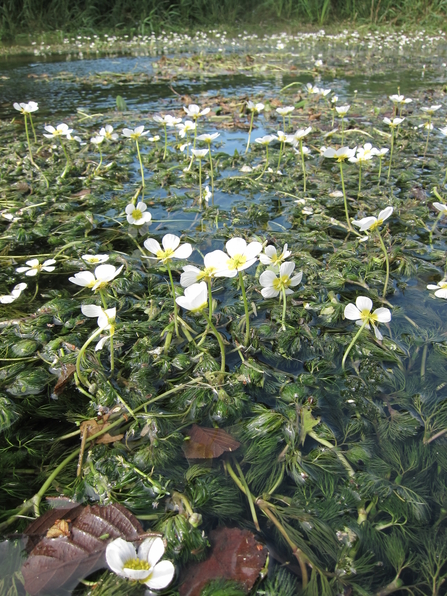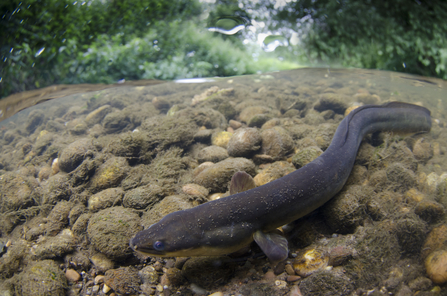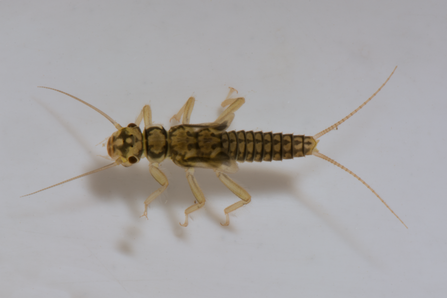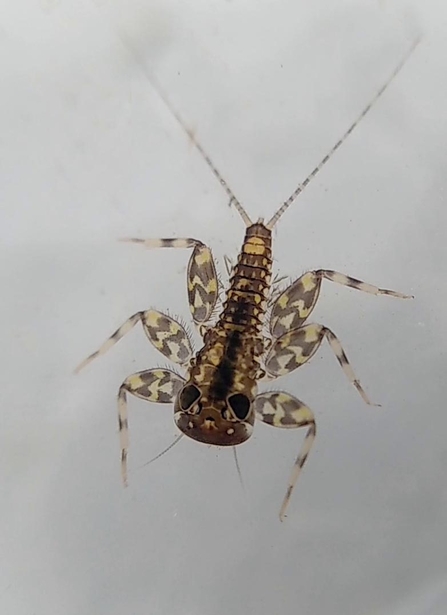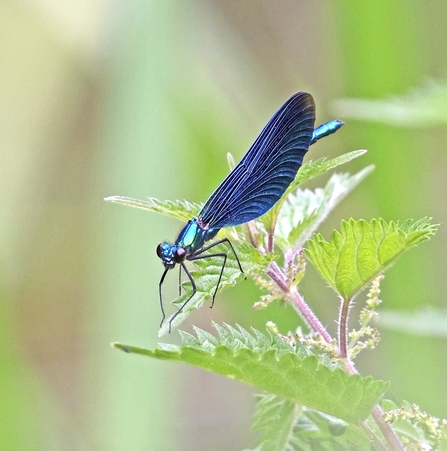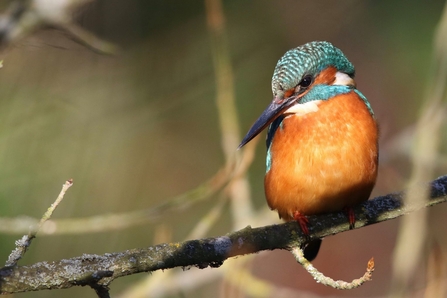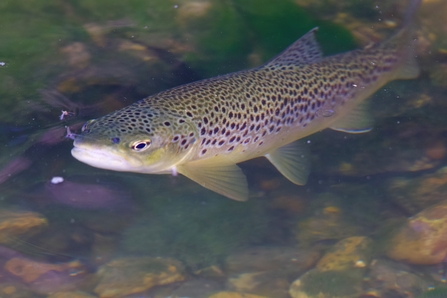Did you know there are only 260 chalk streams in the world, and Hertfordshire and Middlesex is home to 10% of this global resource? These unique river systems are globally rare and support some of our most vulnerable species, including the critically endangered Water Vole, wild Brown Trout, European Eel and Kingfisher. That’s why we’re coordinating a week of highlighting and celebrating these fantastic ecosystems – the jewel in our county’s crown! What better way than to kick this off than sharing eight indicator species for you to look out for.
Individually the presence of these species shows that some elements of the chalk stream are healthy but collectively, if we have them all present and thriving, we should expect a wholly healthy chalk river. We have chosen them as indicators of the trinity of what is needed for chalk stream health – good water quality, sufficient flow and good physical habitat.


